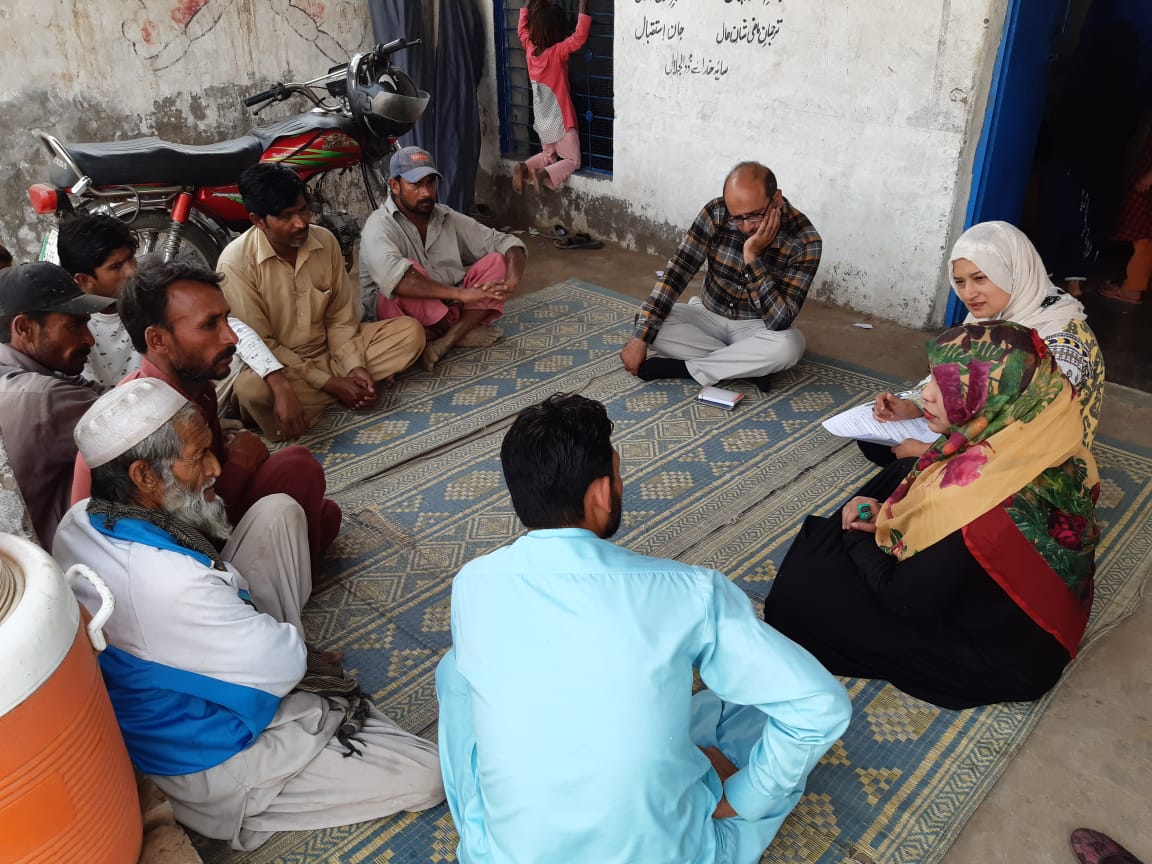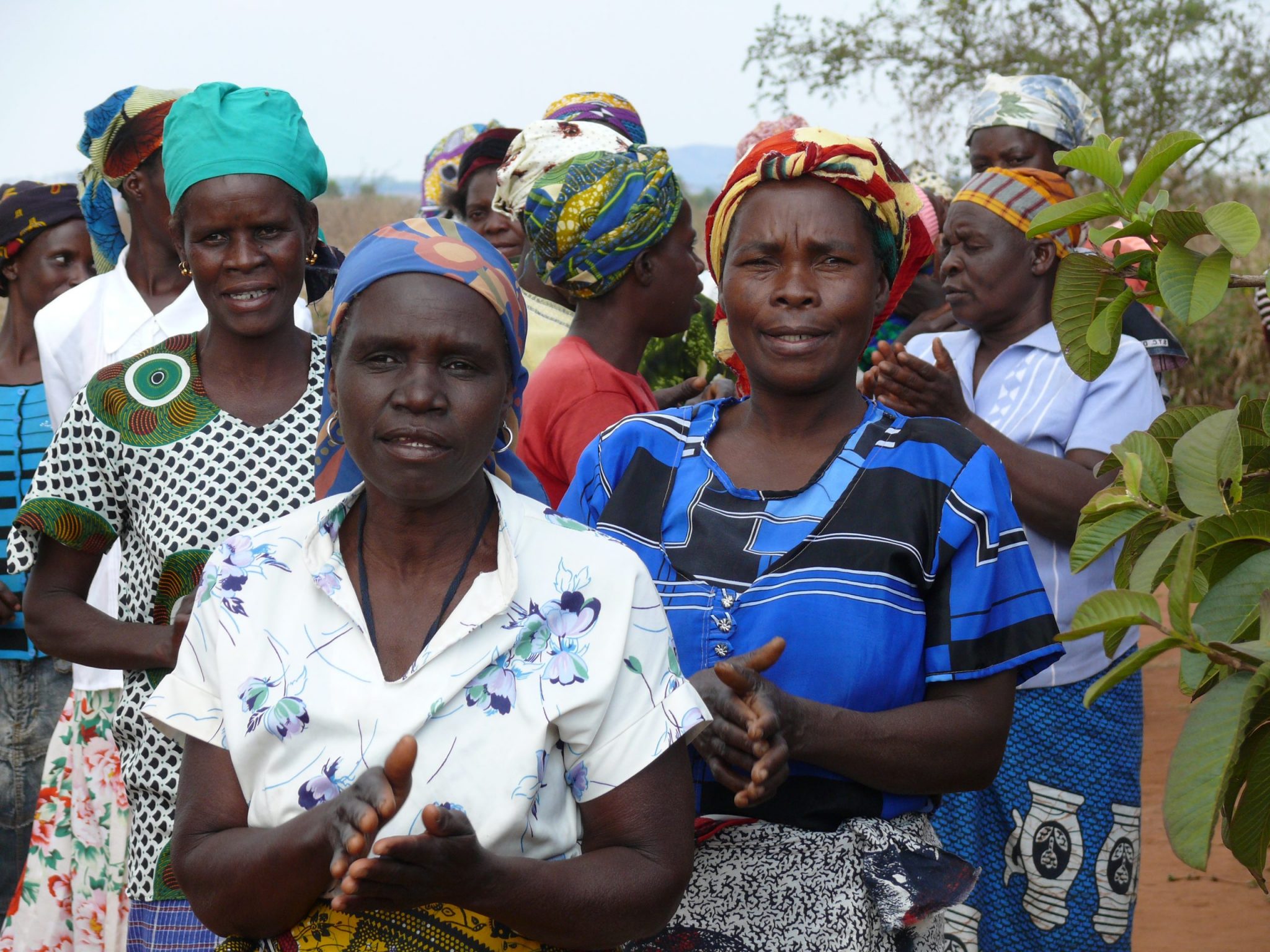Solidar Suisse and the quest to enhance accountability
Throughout much of 2019 and 2020, Solidar Suisse conducted a validated CHS self-assessment. While roll out of the implementation plan is ongoing, positives signs are already starting to show. Here, Lukas shares his experience and top five tips for conducting an open, actionable and successful validated CHS self-assessment.
Solidar Suisse, a Swiss NGO working globally in the development and humanitarian sector, joined CHS Alliance in 2018. With a new strategy in place and high ambitions for the future, the Core Humanitarian Standard (CHS) was a welcome additional tool to advance the organisation’s promotion of quality and accountability throughout its work.
- Build awareness & trust
Right from the outset, it was important to build support and enthusiasm for conducting the self-assessment; after all it is additional work, but a rewarding investment. First, HQ staff carried out the initial stages of the CHS self-assessment, then focus moved to Pakistan and El Salvador, two programme locations. All staff involved – including those of our partners – were introduced to the CHS and self-assessment though:
- Online Kaya training,
- An introduction video,
- CHS Alliance’s self-assessment manual and guidance.
These training tools were complemented with personal exchanges and open question and answer sessions – building relationships, trust and understanding.

CHS Self-Assessment interview in Pakistan led by Batool Akhtar. © Solidar Suisse.
- Standardise good practice
The self-assessment’s findings did not come much as a surprise to the Solidar Suisse CHS core team. However, to have these findings listed in a report was vital to properly address existing gaps. The findings mainly showed that the implementation in the field is excellent, whereas standardised processes, tools and systems could be enhanced at an organisational level.
For example, we did not have a standardised process on how to deal with referring unmet needs to other organisations, as stated in Commitment 2 of the CHS. However, Solidar staff and partners in El Salvador reported on several occasions that these referrals were taking place. In one case involving domestic violence, an individual was referred to a specialist organisation. No organisational policy or guideline were felt to be needed in this case; the committed staff considered it as their duty to provide this type of support. Thanks to their well-established network, a solution was found immediately.
As a result of the validated CHS self-assessment, Solidar Suisse is now working on clear guidelines on setting up Complaints and Response Mechanisms (CRMs). Although many projects and programmes already have different kinds of feedback mechanisms in place, they are usually simple, and don’t always follow clearly defined and transparent processes. Many can fail to meet requirements on covering sensitive cases. Mainstreaming a thorough CRM will strengthen Solidar Suisse’s downward accountability and institutional learning.
- Move from reporting to improvement
Comparing findings from different projects, different actors and different countries showed emerging patterns. Added together with results from the HQ self-assessment and those form the document review allowed the team to make general conclusions. As expected, Commitment 5 on welcoming and addressing complaints, scored the worst – in line with most other organisations who undertake CHS verification. Whereas we achieved our highest score on Commitment 8 on competent and well-managed staff and volunteers, which underlines Solidar Suisse’s strong performance in human resources.
This synthetised data provided us with great insight, yet we still faced a challenge: properly conveying the message. Many staff not familiar with the CHS or the self-assessment did not fully understand the summary report, and still had questions.*
What made the real difference was creating our improvement plan based on the findings of the self-assessment summary report, this plan helped remove remaining staff concerns. Creating it involved lengthy discussions within the CHS core team, guided by a spirit of strong critical reflection. We also placed great emphasis on providing clear and realistic targets.
Throughout the entire self-assessment process, and especially at the reporting and improvement plan stages, CHS Alliance supported us with ensuring compliance, solving tricky issues and validating our methods.

People affected by crisis that Solidar Suisse serves in Burkina Faso © Jürg Gasser
- Set quick, tangible actions
Alongside the implementation plan, it was important to get support and trust from senior management and focus on tangible actions.
For us, these include plans to appoint communication focal points in different countries and ensure the availability and accessibility of relevant policies in local languages. Providing these clear and realistic measures to improve our organisation’s application of the CHS allow all staff to fully grasp the purpose of the self-assessment and get started making improvements!
- Embed deeply
To keep momentum going, our improvement plan is well embedded in other institutional processes. This keeps accountability goals high on the organisation’s agenda and on track. The implementation of the improvement plan is in fact now part of Solidar Suisse’s annual objectives.
Many of the measures in the improvement plan are also closely linked to other ongoing institutional processes and priorities. Articulating these links mutually reinforces the activities, ultimately facilitating their delivery. These efforts mean that the improvement plan amplifies existing enthusiasm and inspires staff.
Learn more about a validated CHS self-assessment.

